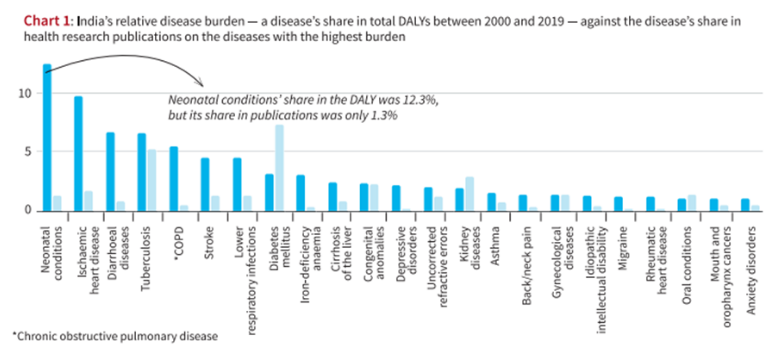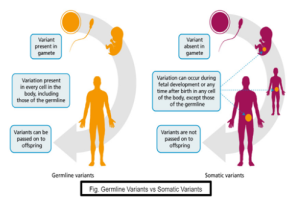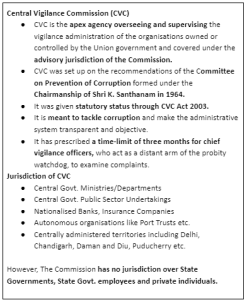| Ethanol Blending |
|
| Safeguards for the existing ban on exporting non-Basmati white rice |
About RCAC:
|
| Right to Repair Bill |
About Right to Repair Bill:
Right to repair in India:
|
| National Space Day |
|
| Dengue fever |
|
| ChaSTE payload |
About ChaSTE Payload:
|
Personality in News
| Jayanta Mahapatra |
|
India’s Health Research and Disease Burden
Context:
A recent collaborative study by the IISc in Bangalore and the Leiden University in the Netherlands shows a mismatch between India’s health-related research publications and DALYs.
Disease Burden

| Disease | Disease Burden (approx.) | Research Publication (approx.) |
| Diabetes Mellitus | 3.1% | 7.5% |
| Neonatal conditions | 12.3%, | 1.3% |
| Cardiovascular diseases | 16% | 5% |
| Cancer (all types) | 5% | 22% |
| Tuberculosis (TB) | 7% | 5% |
| Malaria | 0.5%) | 2.5% |
| HIV/AIDS | 1% | 2.5% |
Context:
Experts at Centre for Science and Environment (CSE) said that the Indian small and medium companies stepping into antibiotic development can play an important role in rejuvenating the global pipeline.
Role of Indian Companies in Antibiotic Development
News Source: Down To Earth
Context:
Recently, there has been an explosion in the amount of data on somatic variants due to increasing ability to sequence the genetic material in individual cells using advanced microfluidics and high-throughput sequencers.
About Human Genome

SMaHT Network
|
About Somatic Genetic Variants
News Source: The Hindu
Context:
To provide a solution for the ethnic conflict in Manipur, the state government has proposed to grant greater autonomy to the existing hill councils, without compromising the territorial integrity of the state.
Manipur Autonomous District Councils
About Autonomous District Councils (ADCs)
News Source: The Indian Express
Context:
Recently, the Union Home Minister chaired the 38th meeting of the Committee of Parliament on Official Language.
More on News:
Committee of Parliament on Official Language:
Official Language
About Eighth Schedule:
|
Why was Hindi declared as an official language?
Challenges in furthering Hindi as official language:
Formation of Linguistic Provinces:
|
| Article 29: Any section of the citizens shall have the right to conserve its distinct language, script or culture
Article 30: All minorities shall have the right to establish and administer educational institutions of their choice. |
THe Confusion of Hindi being Official Language or National Language:
Way Forward:
Languages used in Courts:
|
News Source: PIB
Context: According to the Central Vigilance Commission (CVC) latest annual report, it received a total of 1,15,203 corruption complaints against all category employees of the central government in 2022.

More on the News:
Corruption and its Menance
India and Corruption
| The Corruption Perceptions Index (CPI) is an index which ranks countries “by their perceived levels of public sector corruption, as determined by expert assessments and opinion surveys. It is released by Transparency International. |
Some of the reasons for corruption in India are:
| Article 311
It states that no civil servant can be dismissed from his office, removed from his office or his rank can be reduced, except by a person in authority of the same rank as the officer that appointed him. |
Impacts of corruption in India are:
Steps taken to Prevent Corruption in India
Recommendations to curb corruption in India are:
News Source: India Today
SC Verdict on Newsclick Shows Adherence to Due Pro...
Stay Invested: On Chabahar and India-Iran Relation...
Credit Rating Agencies, Impact on India’s De...
Catapulting Indian Biopharma Industry
Globalisation Under Threat, US Import Tariffs Have...
Global Report on Hypertension, Global Insights and...
<div class="new-fform">
</div>
